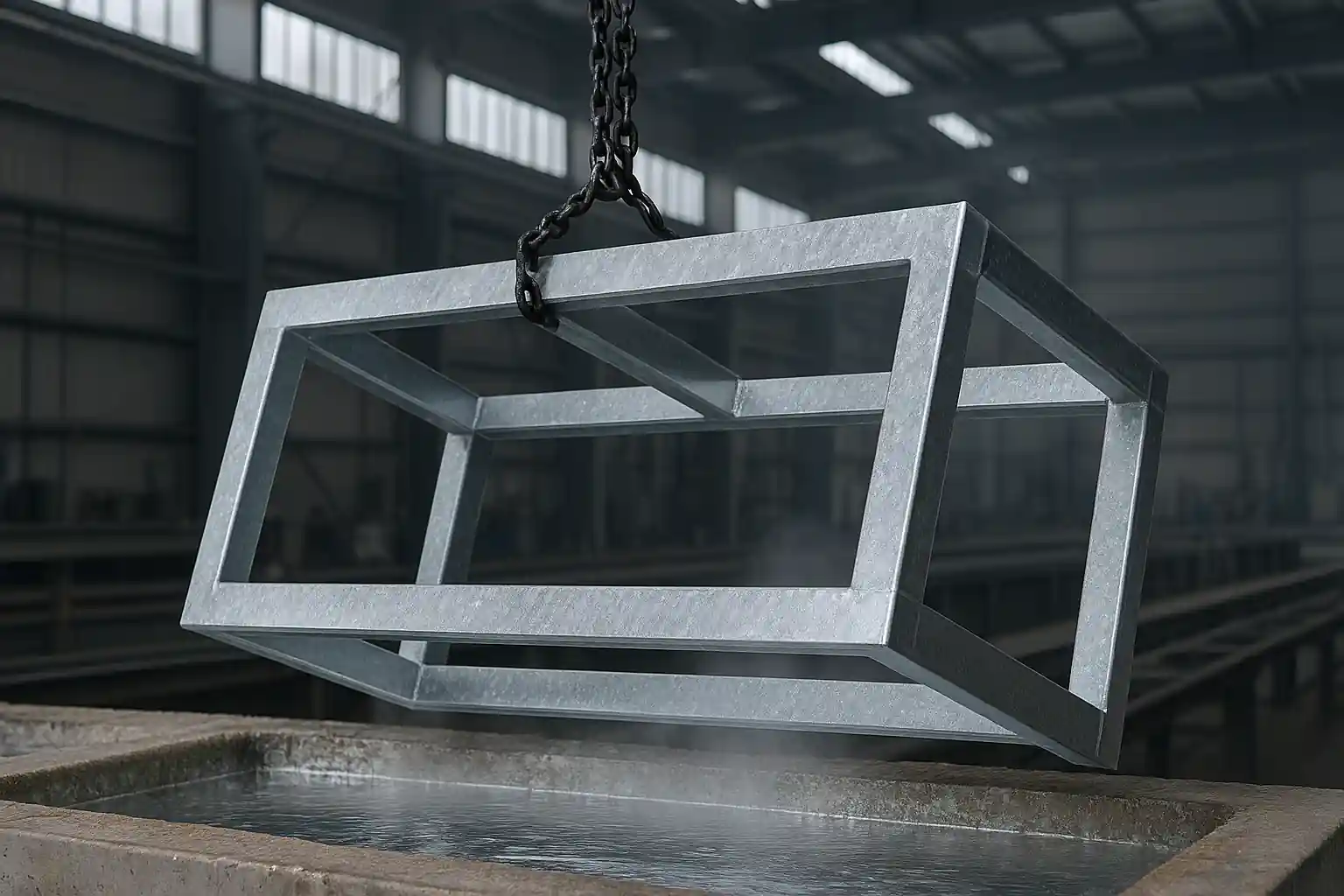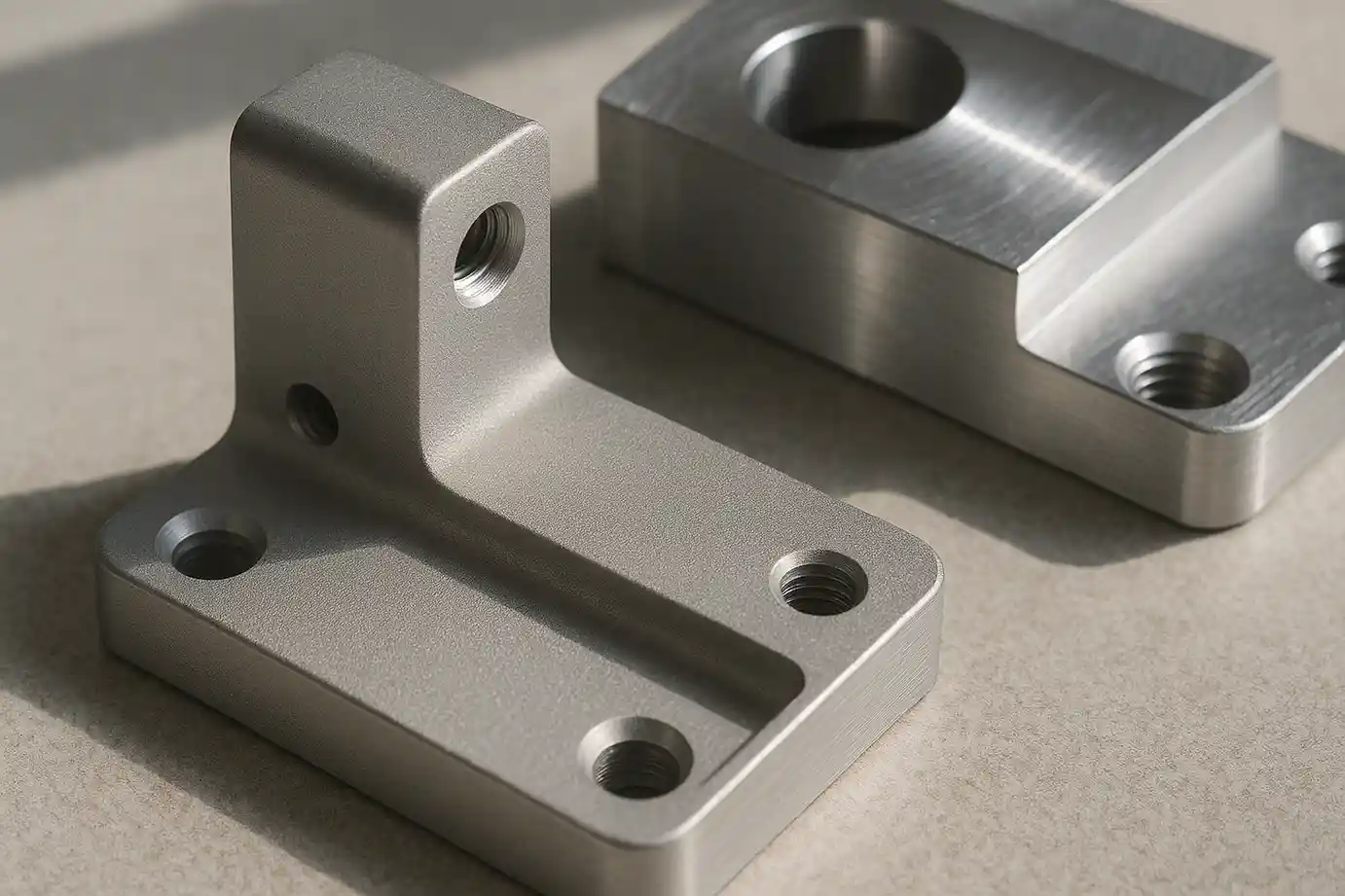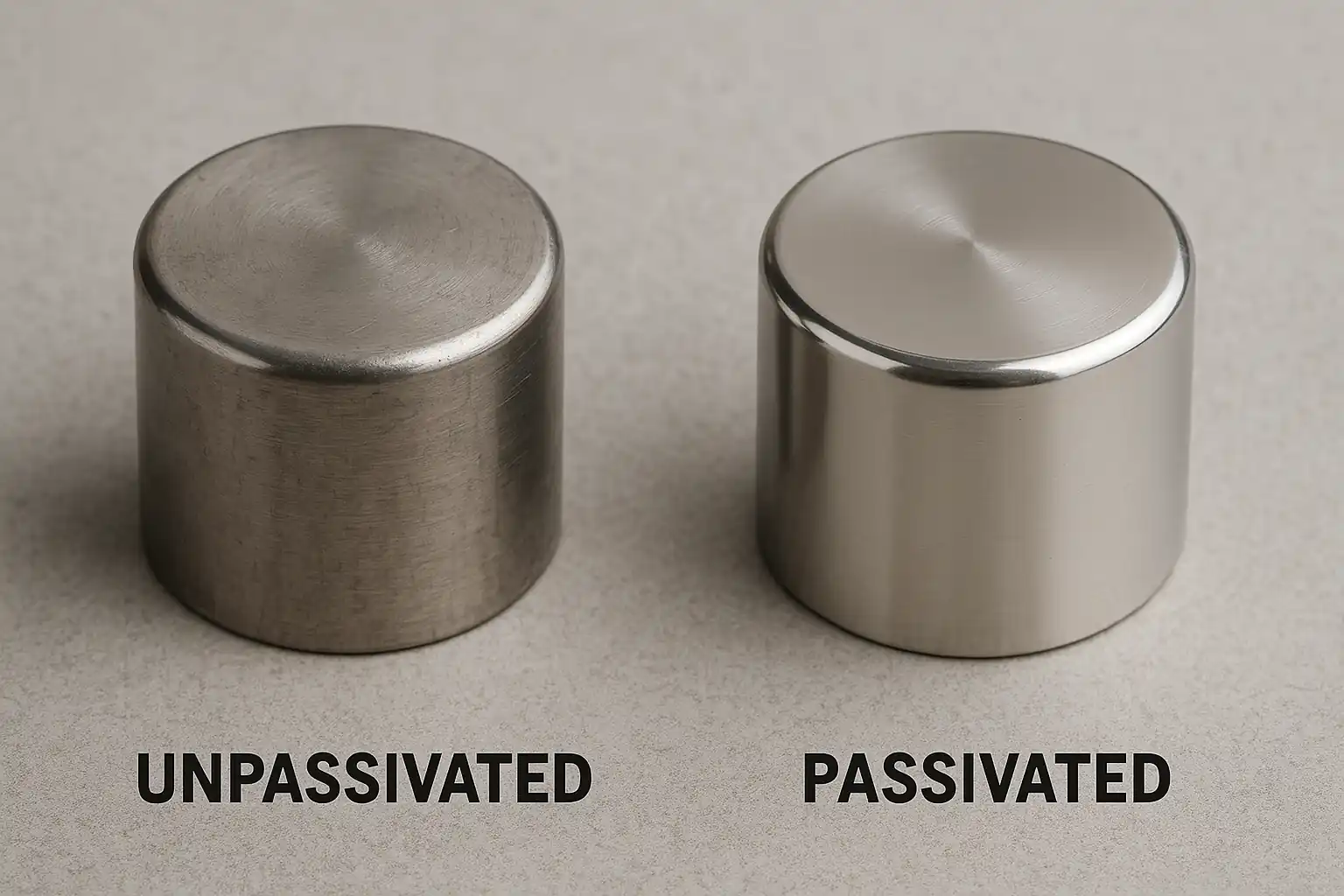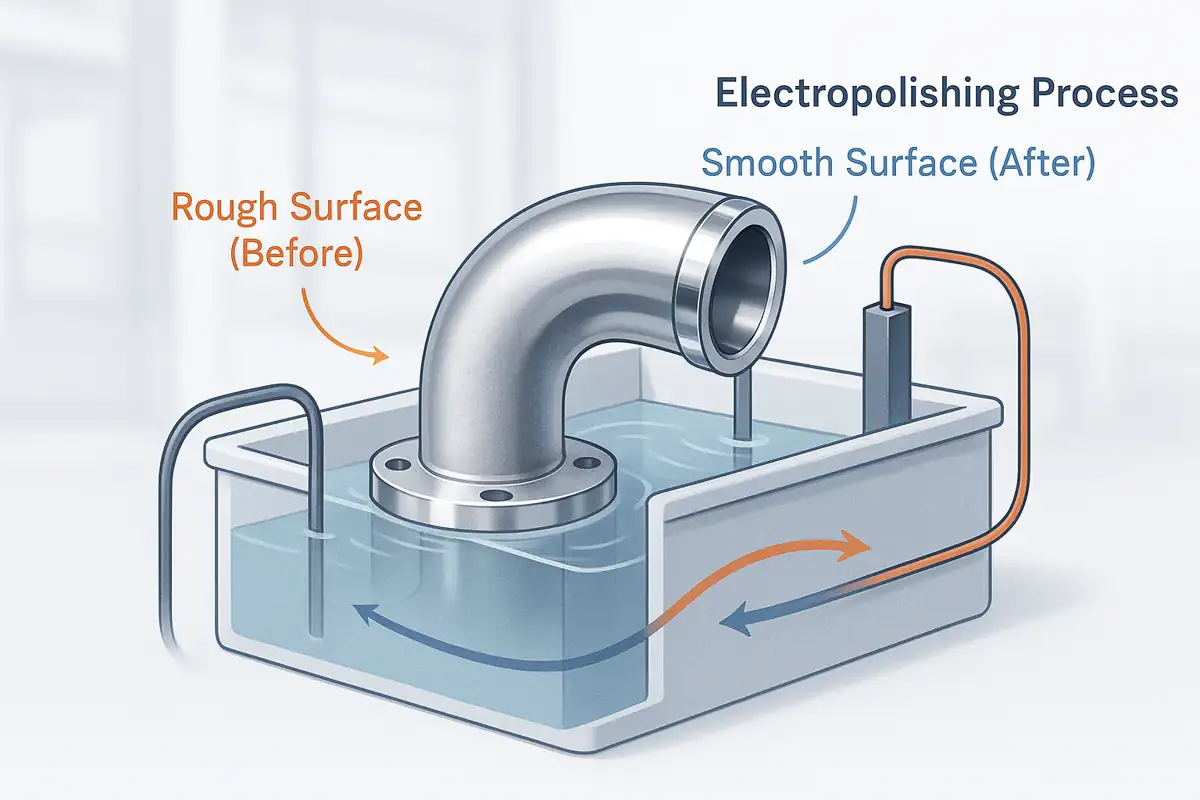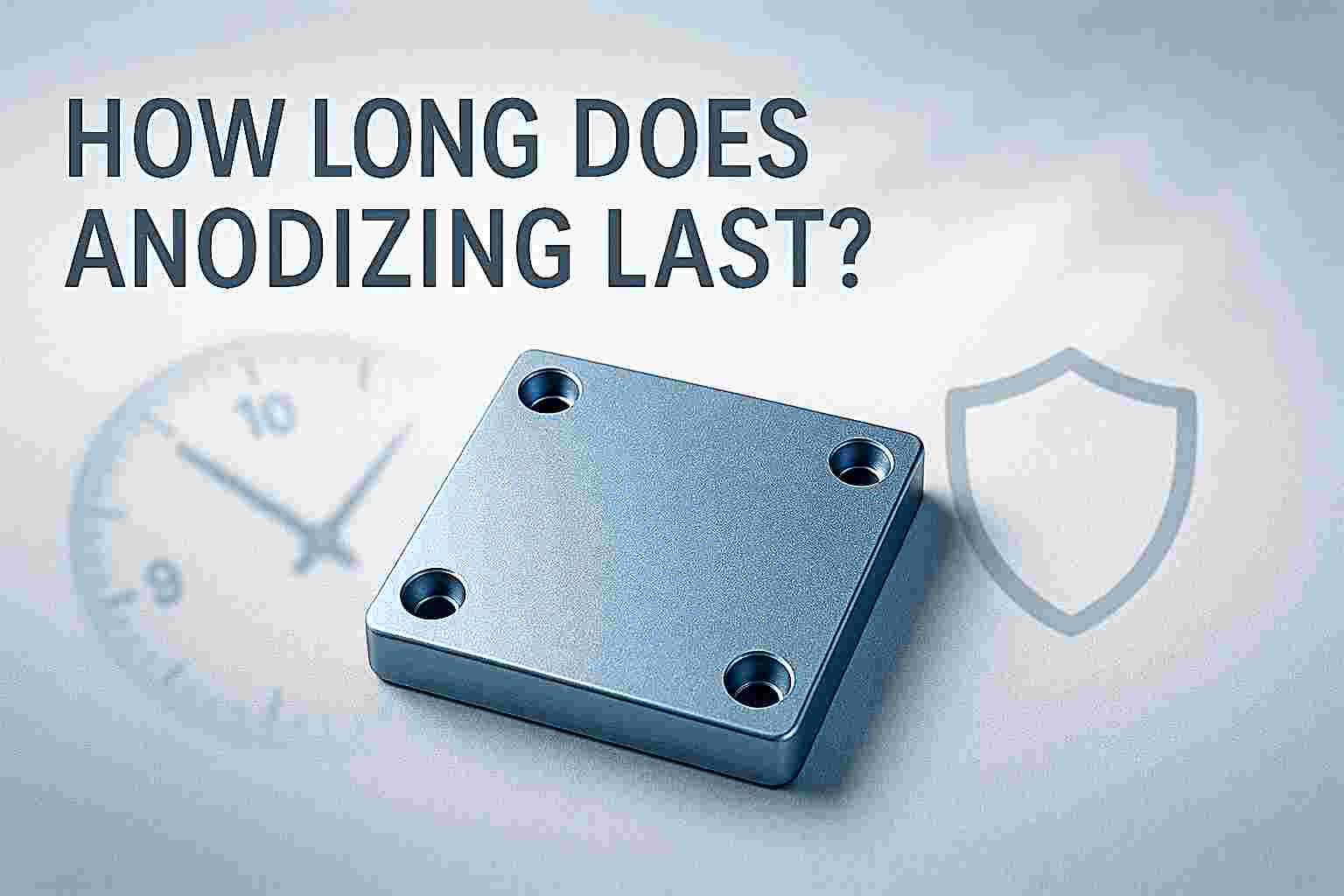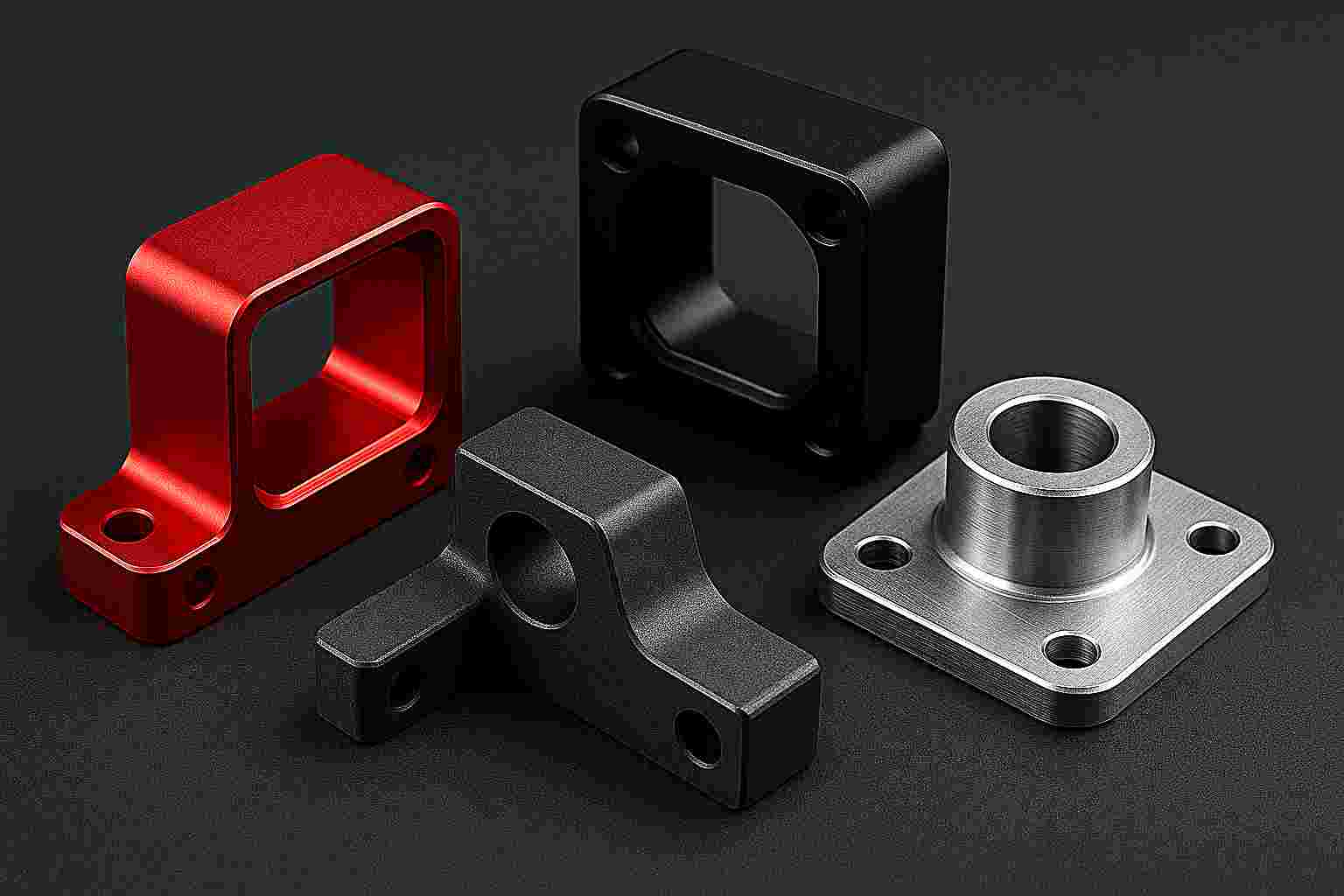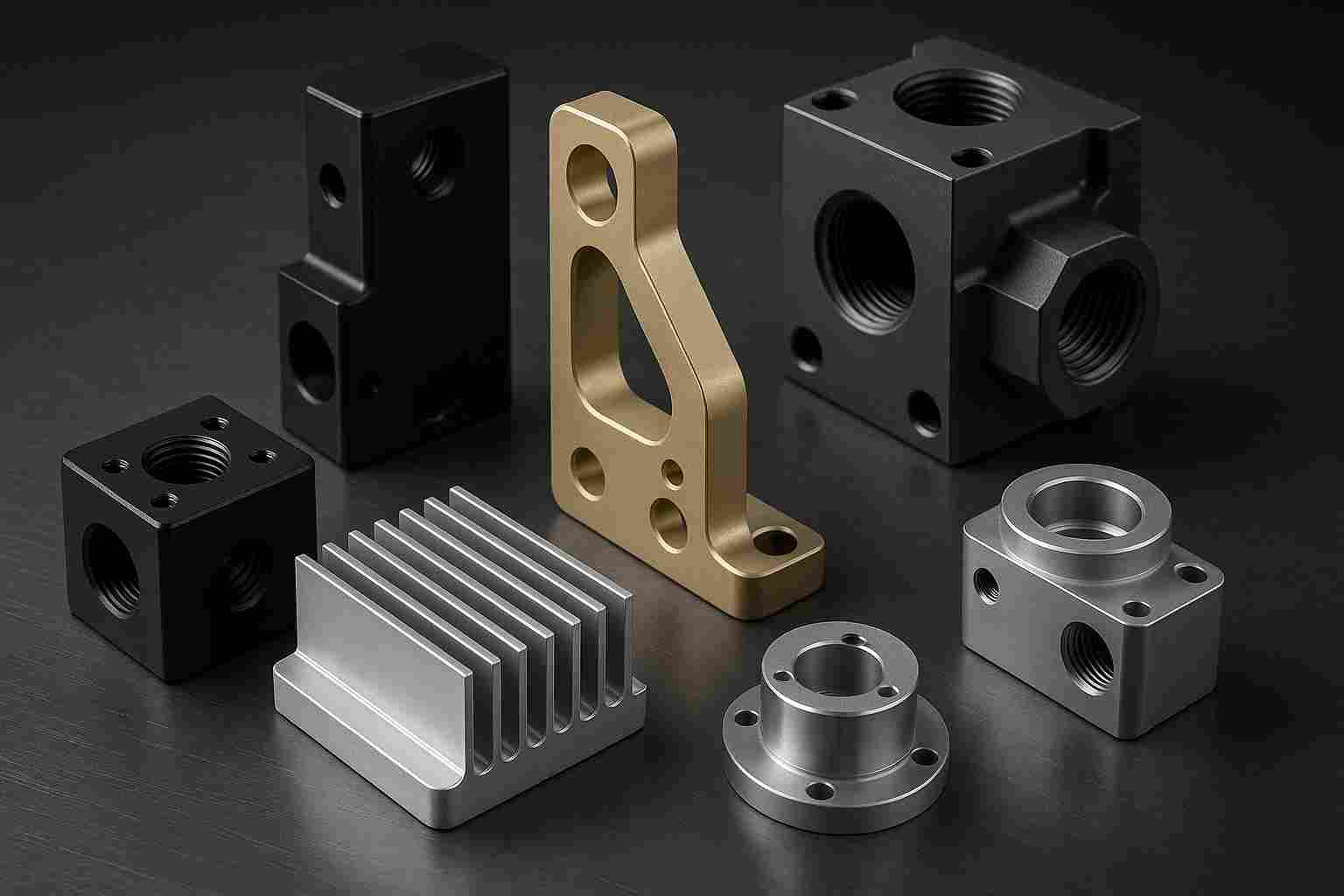What is Galvanizing?
Galvanizing is a zinc-coating process used to protect steel from corrosion by combining barrier protection, sacrificial action, and strong Fe–Zn alloy bonding. This guide explains how galvanizing works, its major methods—including hot-dip, electro-galvanizing, thermal diffusion, and zinc-rich coatings—and compares it with powder coating. It also outlines coating lifespan, benefits, limitations, engineering considerations, and typical applications in structural steel, fasteners, infrastructure, marine equipment, and industrial components.
Read article